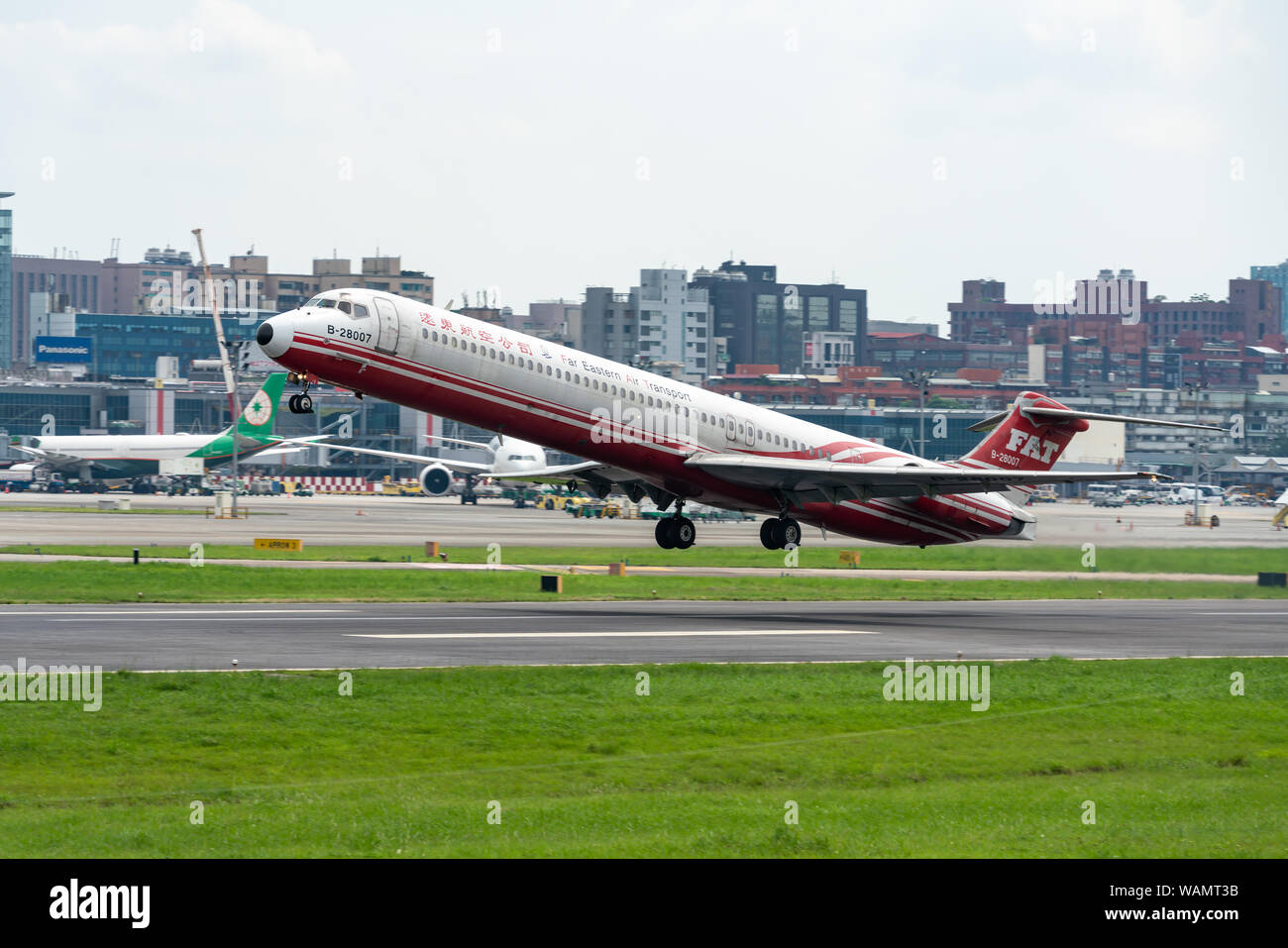

To help make the engines more effective, Hughes employed contra-rotating propellers produced by Hamilton Propellers, which helped increase fuel-efficiency, and thus range and speed. To fix that, Hughes simply acquire the much larger and more powerful Wasp Major engines instead.īeyond increasing the F-11’s range considerably, the Wasp Major engines also increased its cruising and maximum speeds considerably, making it far faster than the USAAC’s (now the US Army Air Force) requirements. Now far larger and heavier than the D-2 had ever been, the D-2’s two Wasp engines didn’t provide anywhere near enough thrust. To fix this, Hughes extended the F-11’s wingspan from 60 ft 0 in (18.29 m) to 101 ft 5 in (30.9 m), which also gave the F-11 more lift, a larger internal fuel tank, and thus a higher service ceiling.Īll this gave it a much longer range too.

To accommodate the bulky cameras of the 1940’s, the D-2’s fuselage had to be extended.ĭoing this made the F-11 hard to control. So it could carry the powerful cameras needed to undertake reconnaissance flights, Hughes had to retrofit the D-2’s bomb bay to be a reconnaissance bay instead. Needing to meet vastly different criteria in terms of speed, altitude and range, Howard Hughes redesigned large portions of the Hughes XF-11 himself. With the D-2 prototype having first flown on June 20 1943, the Howard Hughes-led Hughes design team knew that the basis for the Hughes F-11 (known as the XF-11 whilst in development, with “X” standing for “experimental) worked. Not surprisingly, Howard personally led development to ensure it ran smoothly. Valued at $48.5 million ($761.7 million adjusted for inflation), this contract was extremely lucrative for both Hughes Aircraft and Howard Hughes himself. Likely not wanting to upset the president by going against his son, General Arnold signed a letter of intent for 100 D-2s modified extensively for reconnaissance work, which he designated as the F-11, in October 1943. With each new redesign, came a new designation, including D-2, DX-2, DX-2A, D-3, D-5, XA-37, and XP-73.Įventually realizing that the D-2 would make a great reconnaissance aircraft (perhaps influenced by his personal friendship with Hughes), Colonel Elliott Roosevelt, FDR’s son, wrote a glowing recommendation of the D-2 with reconnaissance modifications to General Hap Arnold. Redesigning it on several occasions to fit different roles, such as a convoy protector, convoy destroyer, pursuit aircraft, fighter and light bomber. Unable to market it as an interceptor due to the superiority of the P-38 it was competing against, Hughes chose to redesign it instead of throwing the design away. Hoping to capitalize on this newfound fame in 1937, Howard Hughes decided to privately fund development of a twin-engine, twin-boom interceptor aircraft that was so good that the US Army Air Corps (USAAC) couldn’t say no to it.ĭesignated as the Hughes D-2, the aircraft resembled the Lockheed P-38 Lightning – so much so that many P-38 mistook the D-2 for the P-38 and vice-versa, before realizing they were two distinct aircraft. Only one was built, but it set the world airspeed record at 352.39 mph in September that year, making it the fastest aircraft in the world at the time.Īs it set the world airspeed record, both Hughes Aircraft and the H-1 became internationally famous in the aviation industry.

Having designed and built the Hughes H-1 Racer air racing aircraft in 1935 with the help of aircraft engineer Glenn Odekirk. In 1932, millionaire businessman Howard Hughes established the Hughes Aircraft Company as a subsidiary of the Hughes Tool Company (a manufacturer of drill bits founded by his father in 1909).

Personally designed by Hughes Aircraft owner Howard Hughes to be a fighter, and later a reconnaissance aircraft, the aircraft (developed in secret) received national attention in 1946 when the aircraft crashed on its first flight, nearly killing Howard Hughes. Despite placing a large order for the aircraft, the US military eventually cancelled the XF-11 contract and the world was never truly the same again… The heaviest and fastest twin-engine aircraft in the world at the time, the Hughes XF-11 was poised for success.


 0 kommentar(er)
0 kommentar(er)
